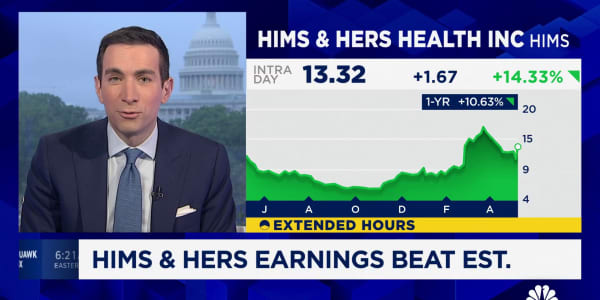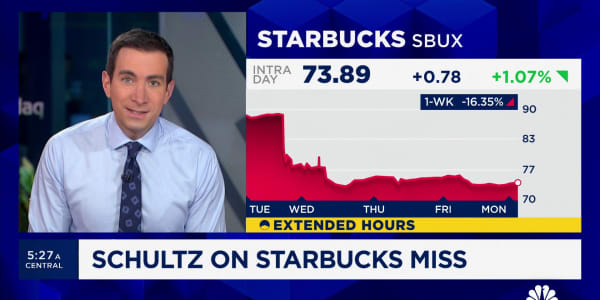
The economy isn't the only thing in America trying to get back up and running. President Donald Trump made one of his first factory-floor photo-op appearances since the pandemic began, at a Honeywell plant this week, and his reelection campaign and fundraising are becoming a bigger focus as mega donors add to the war chest of the president, and Biden bundlers also work to rein in the cash.
Amid the constant coronavirus headlines and with Friday's nonfarm payroll report printing an unemployment number evoking the Great Depression, it is easy to forget that a presidential election is coming up. But as of this week, it is six months until Americans head to the polls to choose between Trump and apparent Democratic Party challenger Joe Biden.
If recent market history is any guide, stocks have held up reasonably well in presidential election run-up periods. The big exception was 2008, as the financial crisis rocked markets right ahead of November.
When 2008 is excluded from the data set, across the last seven presidential election cycles, both the S&P 500 and Dow Jones Industrial Average showed positive returns in the six months before Election Day. The S&P 500 has posted an average return of 3.99%, while the Dow has returned 2.64%, according to Kensho, a market data analytics platform used by hedge funds.
The S&P has traded positive in each six-month period before a presidential election except 2008.
The Dow has been negative in the six months before the elections of 2004 and 1992, as well, when the S&P managed to eke out gains.
The 2008 numbers for both stock market indices were brutal, with the S&P 500 down 27.78% in the six months ahead of the election, and the negative by 24.89%. The best returns came in 1996, when President Bill Clinton's reelection was preceded by gains of 10.76% and 11.09% in the S&P and Dow, respectively.
The markets have bounced back strongly from March lows already. As of Thursday, the Nasdaq went positive on the year.
St. Louis Federal Reserve President James Bullard said Wednesday that Friday's jobs report will likely be one of the worst in American history. A total of 3.169 million Americans have filed for unemployment benefits in the week ending May 2, the Labor Department said Thursday. Friday's jobs report detailed 20.5 million jobs lost in April and the unemployment rate rose to 14.7%, both post-World War II records.
The coronavirus will remain a significant caveat to both the markets and election outlook, with economic reopenings across the country uncertain and a second wave of cases in the fall season a possibility.
A recent CNBC poll found that Americans in swing states are becoming less focused on the coronavirus specifically when results are broken out by party affiliation. Democrats have more serious worries about it than Republicans, and Democrats are more likely than Republicans to think the economy is in a recession, even though layoffs and furloughs have hit the two groups with a similar intensity.
The monthly poll found a close race between Trump and Democratic presidential nominee Joe Biden in the swing states, with 48% of respondents indicating support for the incumbent, versus 45% who would support the challenger. The CNBC poll also found that swing state voters are in favor of additional direct economic relief payments from the federal government.





